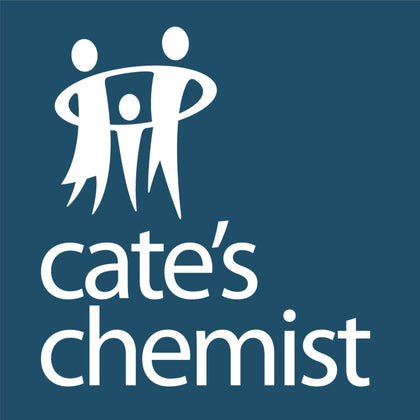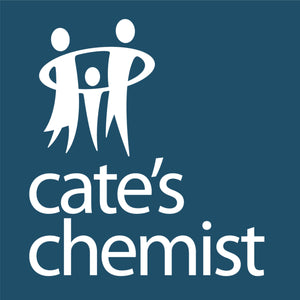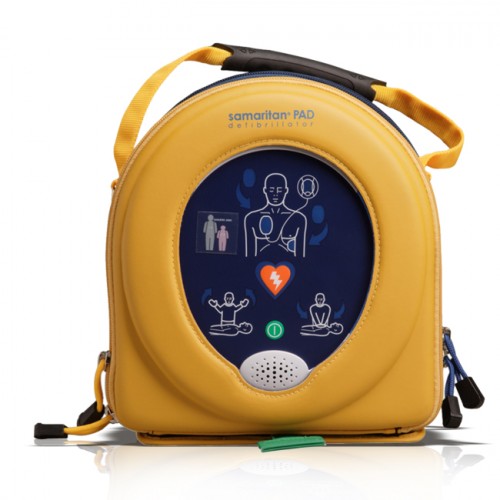Frequently Asked Question - How does PBS Pricing Work?
PBS pricing is complex and there is not a generally high level of understanding about how it all works. It is hard to explain fairly in small sound bites in media. Here are some key points:
- Under our subsidised medicine scheme, the Pharmaceutical Benefits Scheme, the government subsidises listed medicines and invokes a safety net after concessional patients have been dispensed around 60 prescriptions in any calendar year (reducing the price to zero for pensioners and concession cardholders.)
- The government decides the scope of ‘universal access to medicine’ by determining which medicines are PBS approved and which patients qualify – the Pharmacy Guild, PSA or pharmacies definitely don’t decide.
- Medicines may be subsidised when their PBS determined price (including the dispensing fee for the pharmacist/pharmacy) exceeds the patient co-payment amounts set by the government.
- If a medicine doesn’t have a PBS determined price it is subject to a free and competitive market.
- The patient’s co-payments are fixed by the government and can only be discounted by a maximum of $1 at the pharmacy’s cost and at the pharmacy’s discretion – it’s optional, a free and competitive market for that $1 (for whatever that is worth – Cate’s Chemist position is that medicine should either be subsidised or treated in a free and competitive market – one or the other as it was before the $1 discount - we think the $1 discount muddies the goal of universal access to medicine). Currently, it is estimated that about 28 per cent of scripts are being discounted by this $1.
- About 60 per cent-plus of the 300 million scripts a year under the PBS go to pensioners and concession cardholders. The rest of the cost of the medicine including the dispensing fee is reimbursed to the pharmacy by the Government.
- (Note: if you exclude ‘under co-payment medicines’ i.e. medicines for general patients under thresholds, for which there is no subsidy… then pensioners and concession cardholders are the recipients of around 90 per cent of subsidised. This is the figure often quoted but can be misleading.)
- The only other area for substantial competition on price, therefore, falls in the so-called “under co-payment” medicines – that is, medicines for general patients when the price is below the co-payment level. This is around 30 per cent of the PBS prescription market.
- So, to come to the example of 40mg Atorvastatin…sometimes cited by journalists …being a PBS medicine with a listed price of around $15 to $20, but available at some discount pharmacies at a much lower price…in one case as little as $5. For a general patient (non-pensioner) this medicine’s listed price on the PBS has fallen below co-payment so there is no subsidy paid by the Government, and pharmacies can AND do compete fiercely on price. Consumers are encouraged to seek the best price if that is their priority – and many do. The fact that there are a variety of prices being charged for these non-subsidised medicines is actually evidence of competition.
- In other words, when economists such as Graeme Samuel or Stephen Duckett, and reporters like Sue Dunlevy say there is no competition among pharmacies and that pharmacy is a monopoly – we say there is plenty of competition where the price is not fixed by the Government PBS scheme - and pharmacy is hardly a monopoly when there are around 5,000 owners of more than 5,700 community pharmacy small businesses.
- Australia either aspires to universal access to some medicines for some people or it doesn't. If it does, then you need a PBS scheme. If it doesn't want universal access to medicine, let all drugs be provided in a free and open market. We think Australians do support universal access to some medicines for some patients, so don't mix competitive market economics with the subsidy that provides that universal access.
- When Chemist Warehouse claims as it did recently, that medicines cost three times more in rural areas than in the city because of Location Rules they really are engaging in self-serving spin. While they may be able to find an aberrant example here or there, there are literally millions of cases of subsidised medicines being dispensed under the PBS across Australia with no such price disparity.






